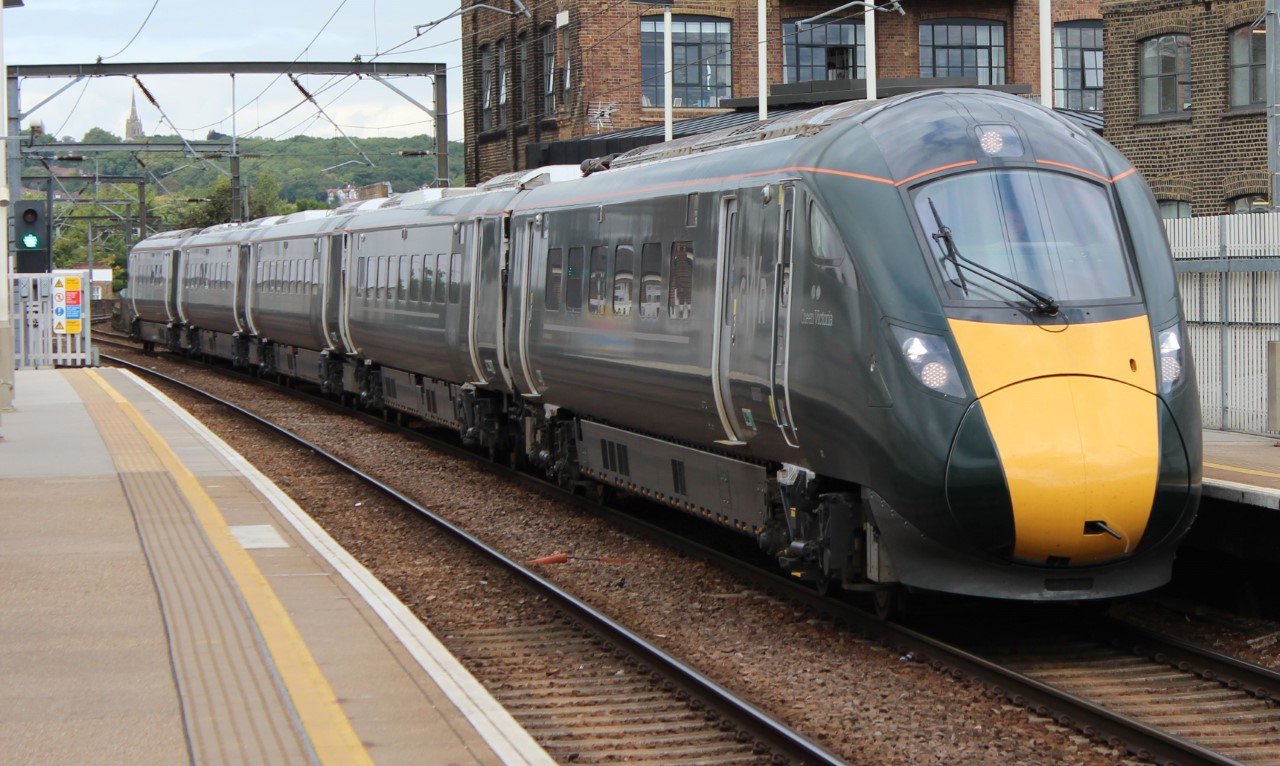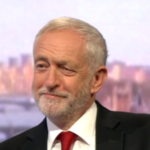
To make a long answer overwhelmingly short, no. Renationalising the railways is not the only way to improve them, but it may be our most realistic.
Ever since the steam train, railways have formed a fundamental part of British life and even identity, with entire towns being built exclusively due to the sprawl of the railways. Steam trains were exciting, new, and expanded opportunities for people living outside of the urban hellscape of London, yet today they’re almost unrecognisable. Mention a train to any commuter and you’re guaranteed to hear of strikes, cancellations, delays, ageing infrastructure, and any number of other complaints, leading to that fact that a large majority of the public believe that the railways should be nationalised. However, how would you go about restoring the railways to their former glory?
To give a brief history of the railways, they were privately owned until the First World War, then they were nationalised to help the war effort, then they were privatised again, then they were nationalised after the Second World War, then we see reprivatisation in the 1990s. To add a hint more detail, under the initial privatised system, there were hundreds of operators with almost none of them being profitable after the 1870s. In order to remedy this problem, railways were grouped into four operators after the war, creating a more user-friendly system as passengers wouldn’t have to cope with the stress of inconsistent ticket prices and practices between operators or clashing timetables. However, this too eventually became unprofitable as LNER failed to make a profit in any year of the system, though Southern were much more successful, electrifying much of their entire network.
Moving on to the more relevant part of railway history to our topic, the nationalisation brought in by Attlee aimed to allow the railways to provide a good service, despite the structural and financial issues that were exacerbated by the war, with parallels perhaps able to be drawn between this and the current situation created by coronavirus as changes to the operating model can be viewed as de facto nationalisation. Was the period of nationalisation any better than what we have now? In terms of pricing, they were astoundingly more affordable, with some routes having had a price increase of over 200% since the 1990s.
The greater accountability of the railways under this system should also be noted, as voters more directly had a say over the state of their transport, rather than the current system where lack of accountability is cited for issues like the timetabling chaos of 2018. In fact, even former Transport Secretary Chris Grayling blamed unclear accountability for problems with current railways. Therefore, surely it follows that we should strive for greater accountability, with nationalisation being one very obvious way of achieving this, so that it is more possible to improve them and deal with issues.
However, to get past one glaring issue with nationalisation historically, cuts to routes are a major issue. The Beeching Report marked over 2363 stations for closure in the 60s which has led to massive issues that persist today, such as entire communities being cut off from the railways and forced to depend on an unreliable and inefficient bus service. Would this have happened if the railways were privately owned? It’s hard to say, but over 1,300 miles of track had already been closed under grouping, only stopping for the war effort, so clearly there were going to be closures either way, it’s just a matter of how many closures.
Therefore, we can see that the history of the railways doesn’t seem to discount nationalisation as a valid option, with things like strikes being just as much a problem currently as under nationalisation. Perhaps strikes may even be less of an issue as RMT, the union responsible for strikes like the December SWR strikes, actually call for renationalisation of the railways as it would lead to better health and safety, fewer cancellations, and a higher quality of catering and cleaning.
However, do we have any other options? The obvious place to look is in other countries with good transport. Do they have a nationalised system? Countries often cited with having the best transport systems are France and Germany, though it’s not uncommon to hear the rumour of Japanese train drivers apologising for being a mere 30 seconds late, though it is unclear where this rumour comes from and it seems more common to apologise for being around 20 seconds early instead.
Both Germany and France have a nationalised system, while Japan is privatised, but it’s important to look at the specific structures making up their respective systems rather than judging at face value. For example, it is a bit of an oversimplification to claim that Japan’s railways are entirely privatised when two of the largest operators are publicly owned. While France and Germany’s customer rail services are both state-owned, they both have a privatised element in the sense that there is a tendering system for regional travel technically open to private companies, though it is up to the local authorities of the regions and Deutsche Bahn, the state-owned operator, is responsible for the majority of services. France is quite similar in that the state operator, SNCF, has a monopoly on customer services.
Therefore, what we can seemingly learn from looking at foreign systems is that three of the most famously competent systems all have a much larger state element, pointing to a possible correlation between nationalisation and a better service. That’s not to say that all nationalised services are automatically good, Amtrak in America is state-owned and is generally viewed as unreliable, but that just goes to say that a service requires sufficient funding to be good regardless of who it is owned by, and Amtrak is quite severely underfunded. It is also important to note that the US is not directly comparable to the UK on the topic of transport as ridership is significantly lower in the US, with Amtrak getting only around 30 million passengers per year while Waterloo Station alone sees almost 100 million.
To draw together what can be seen from international and historical railways, nationalisation can work and also has worked. Whether or not it’s the only system that can work is very much up for debate, but it’s undeniable that the best public transport systems have a state-owned element much more significant than what is currently present in the UK, where a service may be nationalised only in the direst of circumstances and if there is no other choice, as was the case with Northern and LNER which are both nationalised. Some stations currently see less than 40% of trains arrive on time, SWR had a month-long strike last year that completely stopped some people from getting to work, and COVID-19 has cut passenger numbers to about a third.
It is clear to see that the railways are currently experiencing a hard time, and have been since before coronavirus, so it wouldn’t be sensible to keep trying with the same system of railways as before when coronavirus gives an opportunity to test the waters with nationalisation. With the end to franchising having already come, it may soon be necessary to do away with the privatisation of the railways as a whole if passenger numbers don’t recover quickly enough as there simply won’t be enough profit to be had in the railways for private companies.
Written by Will Howe



Average Rating